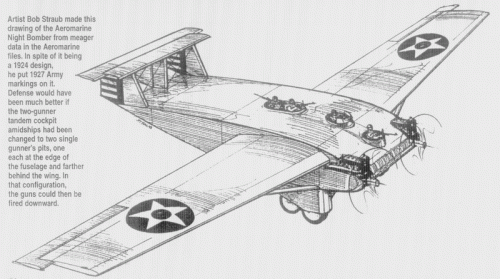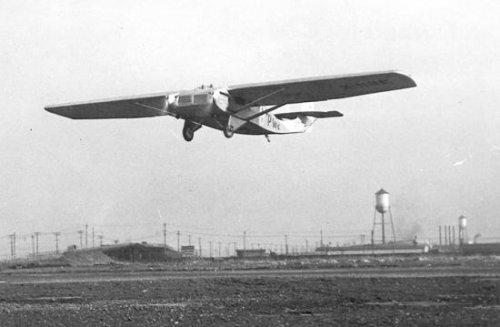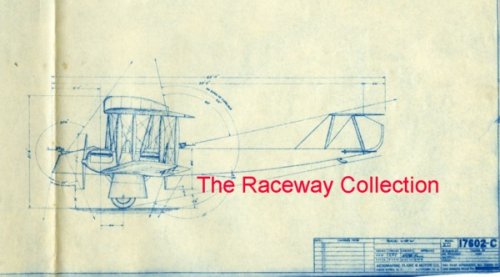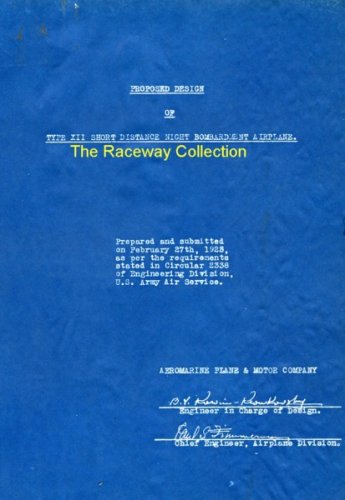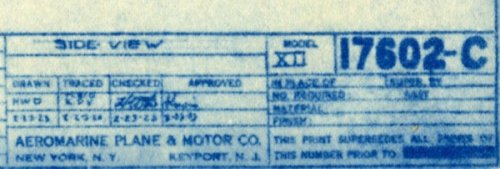- Joined
- 11 March 2006
- Messages
- 8,608
- Reaction score
- 3,065
A page from Airpower, January 2002 issue, shows a specualtive drawing of the Aeromarine
Type XIII night bomber, based on few available data from the Aeromarine files. Tis type is
mentioned on the aerofiles.com site, as "Type XIII Night Bomber 1924 - 4pOhwM; two 350hp "Model W" engines;
span: 115'0" length: 65'0" load: 12,250# v (est): 95/x/55. Airfoil-shaped fuselage. Not built."
As is pointed out in the caption, the drawing is a speculative one, with details, the designers
probably could (and would!) have done better. Maybe someone has seen other sources or
drawings ?
Type XIII night bomber, based on few available data from the Aeromarine files. Tis type is
mentioned on the aerofiles.com site, as "Type XIII Night Bomber 1924 - 4pOhwM; two 350hp "Model W" engines;
span: 115'0" length: 65'0" load: 12,250# v (est): 95/x/55. Airfoil-shaped fuselage. Not built."
As is pointed out in the caption, the drawing is a speculative one, with details, the designers
probably could (and would!) have done better. Maybe someone has seen other sources or
drawings ?

